Discover how the electric guitar revolutionized pop culture and changed the sound of music forever!
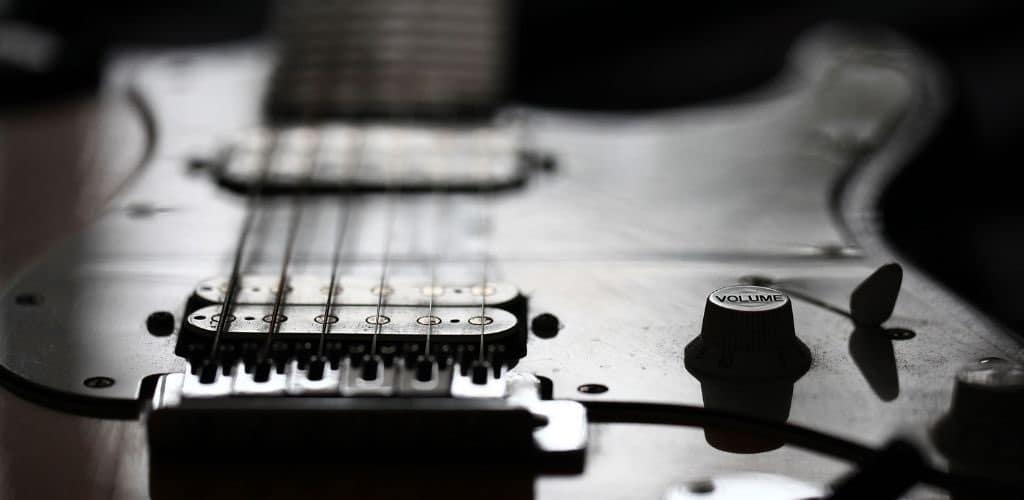
This iconic instrument didn’t just strum its way into our hearts; it unleashed a wave of rebellion, fashion, and unforgettable anthems that defined generations.
From smoky bars to stadiums packed with screaming fans, the electric guitar has been the ultimate game-changer—so plug in, and let’s explore how it shaped the soundtrack of our lives!
The Electric Guitar's Journey to Musical Dominance
The electric guitar emerged in the early 20th century, initially designed to amplify the sound of big bands and ensure that guitarists could be heard over the brass and percussion.
As jazz and swing music took center stage, this innovative instrument began to carve out its own identity, captivating musicians and audiences alike.
However, it was only a short time before the electric guitar transcended its original purpose, becoming a cornerstone of rock ‘n’ roll and popular music.
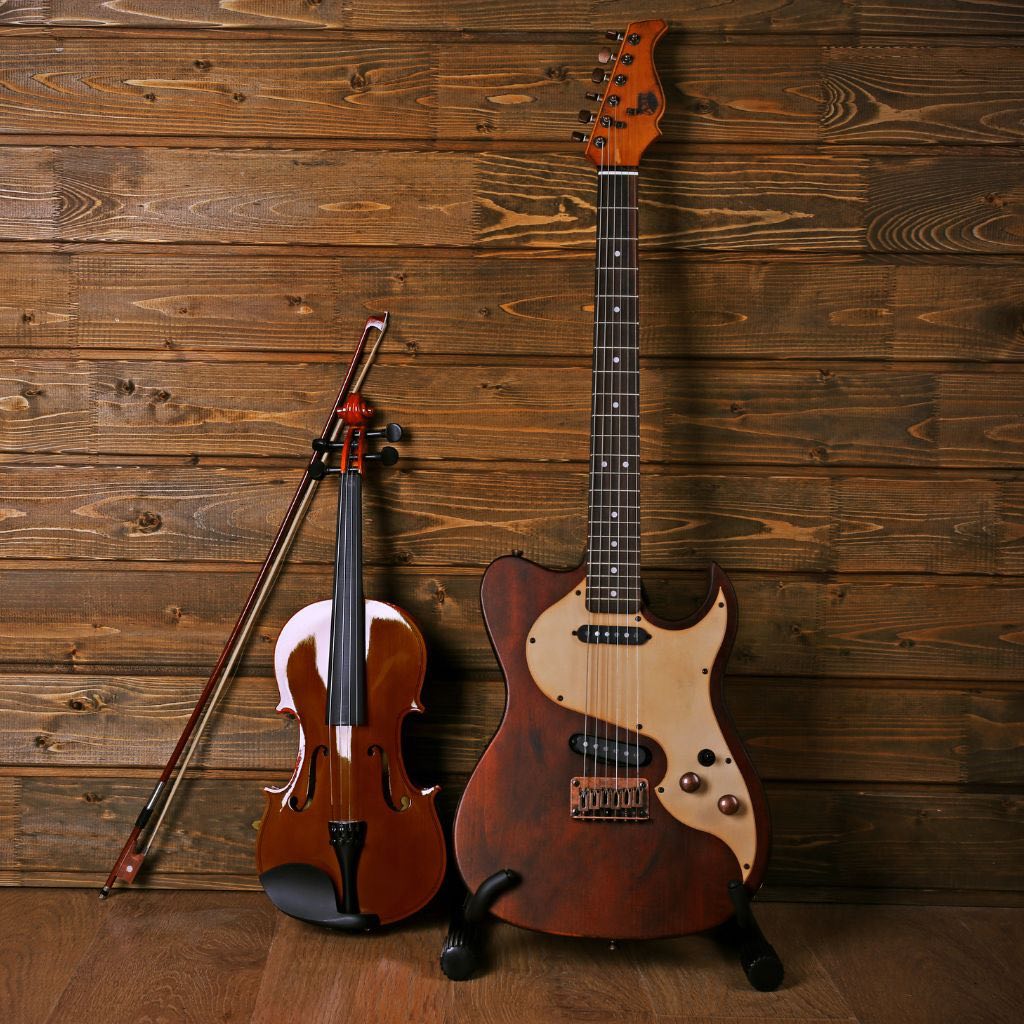
With its distinctive sound and versatility, the electric guitar quickly became the dominant force in the music world, shaping genres from blues to punk and everything in between. By the late 20th century, the electric guitar had solidified its place as the emblem of musical rebellion and creativity, influencing not just sound but also fashion and culture.
The Electric Guitar's Revolution in Music and Culture
“Play It Loud” by Brad Tolinski and Alan di Perna delves deep into the cultural impact of the electric guitar, tracing its evolution from a mere amplification tool to a symbol of rebellion and artistic expression.

The authors highlight how this iconic instrument has shaped various music genres, influencing not only musicians but also the broader cultural landscape. Through captivating anecdotes and interviews with legendary guitarists, the book reveals the profound connection between the electric guitar and the movements that defined generations.
It celebrates the instrument’s role in breaking boundaries and creating a sense of identity for artists and fans alike. Ultimately, “Play It Loud” is a tribute to the electric guitar’s enduring legacy and its power to inspire creativity across the globe.
How Les Paul, Leo Fender, and Guitar Legends Transformed the Electric Guitar
Key figures like Les Paul and Leo Fender revolutionized the electric guitar, introducing innovative designs and technology that transformed its sound and capabilities.
Les Paul’s pioneering work in solid-body guitars and multi-track recording set the stage for modern music production, while Leo Fender’s creations made the guitar more accessible to musicians everywhere.
Legendary players such as Eric Clapton, Jimi Hendrix, and Eddie Van Halen took these advancements to new heights, pushing the boundaries of what the instrument could achieve. Their unique playing styles and techniques not only redefined guitar solos but also inspired countless musicians to explore new genres and sounds.
Together, these innovators and artists shaped the electric guitar into a powerful symbol of creativity and expression in the music world.
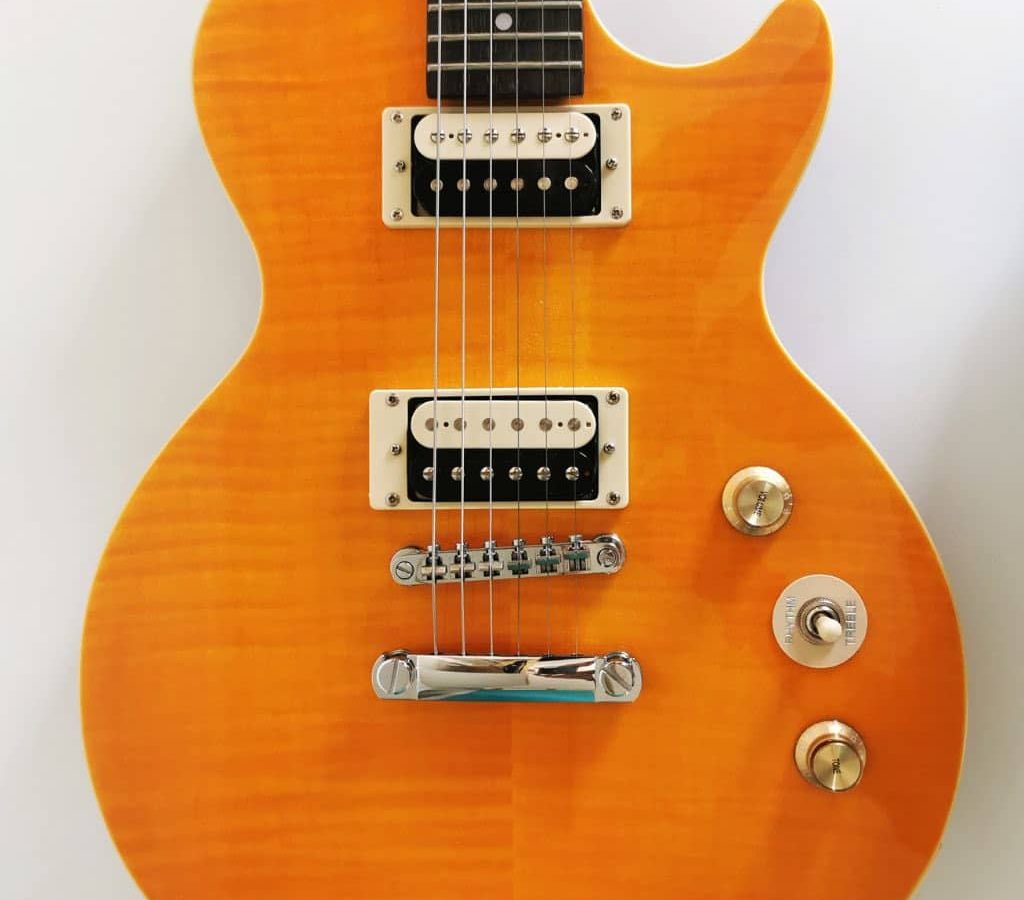

How the Electric Guitar Shaped Cultural Identity and Musical Innovation
The electric guitar’s versatility has empowered musicians to explore a vast array of sounds, enabling them to express their unique cultural identities.
From jazz and blues to rock, punk, and beyond, this instrument has adapted to various genres, allowing artists to push creative boundaries. Its ability to produce different tones and effects has made it a favorite among those looking to experiment and innovate.
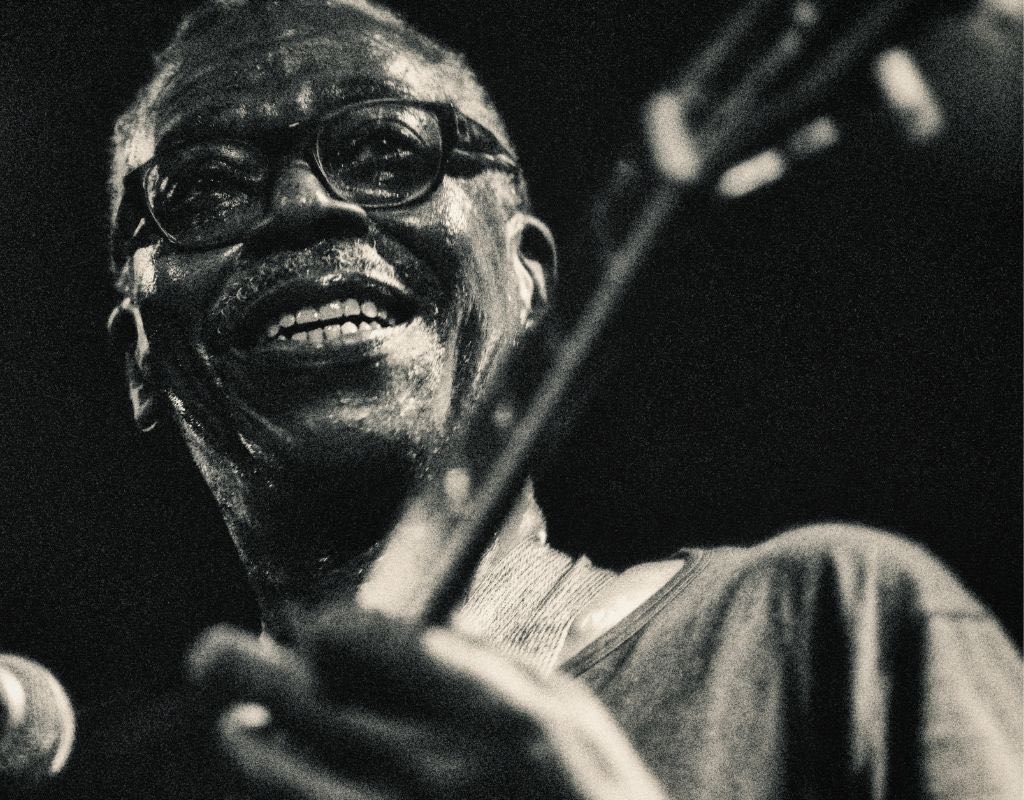

The electric guitar became a powerful symbol of rebellion, reflecting the spirit of change and defiance that characterized American culture, especially during the 20th century.
Musicians like Jimi Hendrix and Joan Jett used the electric guitar to challenge societal norms and express their individuality, inspiring generations to embrace their authentic selves. This instrument not only shaped musical landscapes but also served as a vehicle for cultural movements, making it synonymous with youth empowerment and artistic freedom.
The electric guitar stands as a testament to the transformative power of music in shaping identity and culture.
3 OF THE BEST ELECTRIC GUITARS YOU CAN PLAY TODAY
Squier Classic Vibe '60s Jazzmaster LRL, 3-Tone Sunburst

FEATURES: Fender-designed alnico single-coil pickups
OTHER INFO: Vintage-style tremolo and floating bridge for expressive playability
- Authentic retro aesthetics with a 3-tone sunburst finish
- Excellent tone versatility for surf rock, indie, and jazz
- Smooth and comfortable "C"-shaped neck profile
- Slightly heavier than other models in its range
When you click ‘Check Price’, you’ll see there are loads of great places to buy this item. Our personal favorite is Sweetwater for the US, and Thomann and Gear4Music for the UK & Europe.
They are the largest music retailers, with excellent customer service, competitive prices, really fast shipping, and the longest guarantees.
The professional musician who wrote this article combined many things,
from the product build, manufacturer’s reputation through to feedback
from other users, to create our famous TedScore™.
ESP Guitars LTD EC-256FM

PERFECT FOR: Guitarists with different genres and styles
FEATURES: It possesses a sturdy mahogany neck and fingerboard with 22 frets
OTHER INFO: There are additional parts like a tailpiece, nickel hardware, and push/pull tone pot, all of which give an edgier single-coil bite together.
ESP Guitars LTD EC-256FM
- It's fantastic in terms of its look and features.
- It has a very smooth neck and fretboard to offer playing comfort.
- The setup provides easy adjustment according to the needed action.
- Sometimes, there's a muffled sound that hampers sound quality.
- It's heavier when compared to many other electric guitars.
When you click ‘Check Price’, you’ll see there are loads of great places to buy this item. Our personal favorite is Sweetwater for the US, and Thomann and Gear4Music for the UK & Europe.
They are the largest music retailers, with excellent customer service, competitive prices, really fast shipping, and the longest guarantees.
The professional musician who wrote this article combined many things,
from the product build, manufacturer’s reputation through to feedback
from other users, to create our famous TedScore™.
Yamaha Pacifica 012, Black
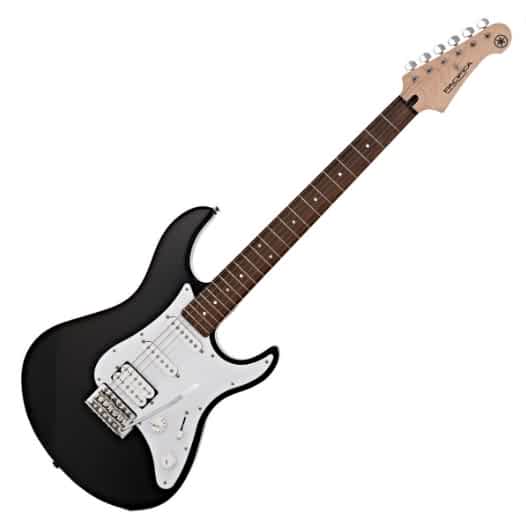
FEATURES: Scale Length: 25.5"
OTHER INFO: 0.009-0.042
- Cosmetically well-painted with no noticeable blemishes.
- Decent sound quality for its price range.
- Good fretwork with no sharp edges.
- Versatile pickup configuration with a humbucker and two single coils.
- Affordable entry-level option for beginners.
- Plinky higher note frets, indicating potential setup issues.
- Neck feels rough and unfinished.
- Limited potential for ultra-low action due to setup constraints.
When you click ‘Check Price’, you’ll see there are loads of great places to buy this item. Our personal favorite is Sweetwater for the US, and Thomann and Gear4Music for the UK & Europe.
They are the largest music retailers, with excellent customer service, competitive prices, really fast shipping, and the longest guarantees.
The professional musician who wrote this article combined many things,
from the product build, manufacturer’s reputation through to feedback
from other users, to create our famous TedScore™.
From Amplifier to Icon:
The Electric Guitar's Transformative Journey Through Music and Culture
The electric guitar’s journey from a simple amplification tool to a dominant force in music is a remarkable story of innovation and cultural impact.
Key figures like Les Paul and Leo Fender played pivotal roles in revolutionizing the instrument, allowing it to evolve and adapt across various genres. As it became synonymous with rebellion and artistic expression, the electric guitar not only shaped the sound of rock ‘n’ roll but also influenced the broader cultural landscape.

Musicians such as Jimi Hendrix and Joan Jett harnessed their power to challenge societal norms, inspiring future generations to embrace their individuality.
The electric guitar is a powerful symbol of creativity, reflecting the transformative nature of music in shaping identity and culture throughout the decades. Its legacy continues to resonate, proving that the strings of this instrument can inspire change and ignite passion in artists and fans alike.


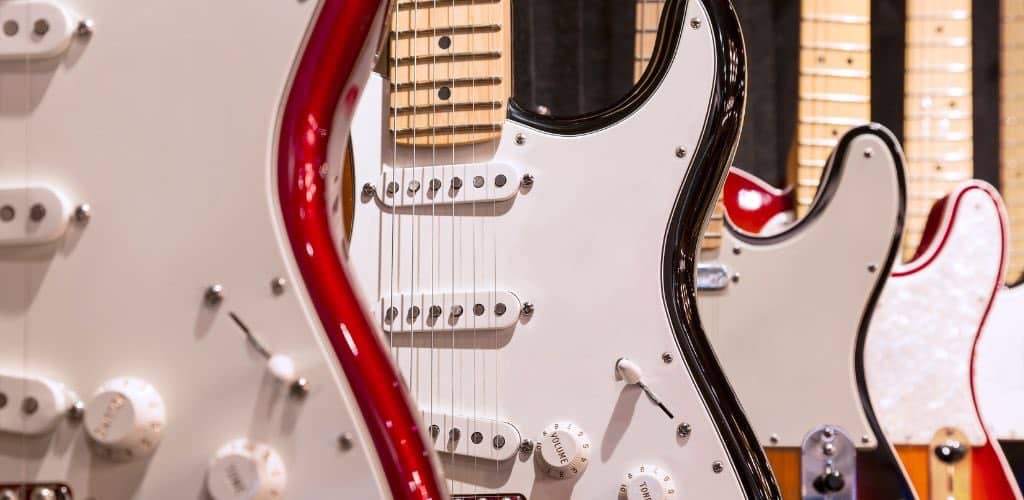








Oh dear, what a singularly uninspiring article. I would hope for the sake if journalism that this is a product of AI, but somehow I think that the author is just lazy (“Musicians such as Jimi Hendrix and … err… Joan Jett?!?” – surely he could come up with someone else of equal significance to Hendrix?). This doesn’t inspire much confidence, especially with the ‘reviews’ of specific guitars being horribly inaccurate (the ESP model, obviously a Les Paul copy, has “..additional parts like a tailpiece”, and despite bearing humbucker pickups “give an edgier single-coil bite together”)